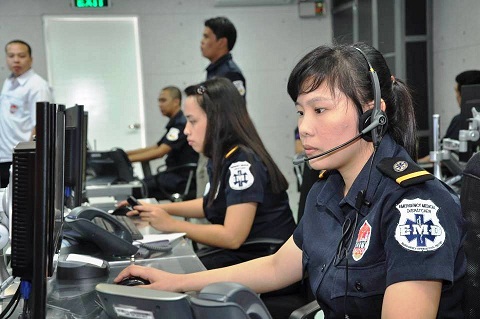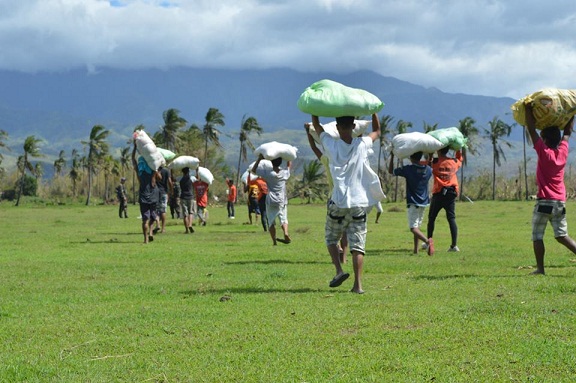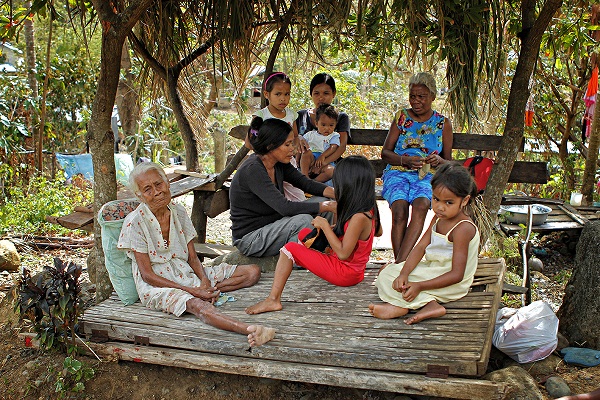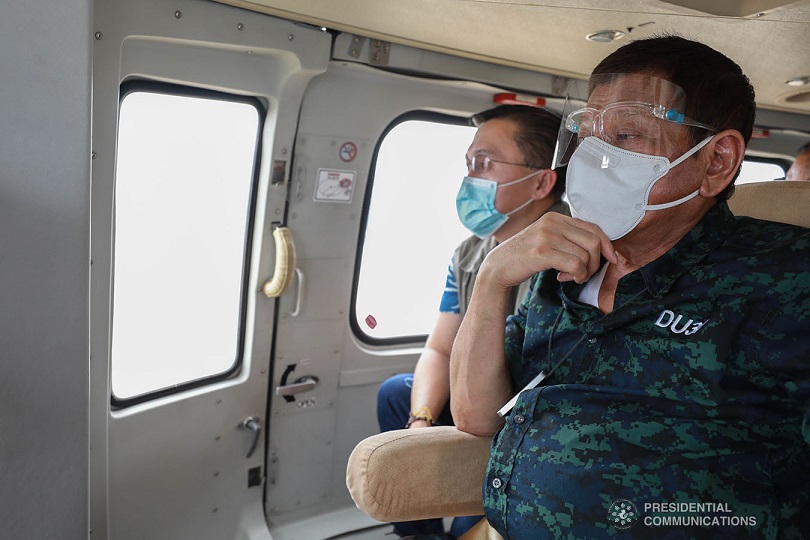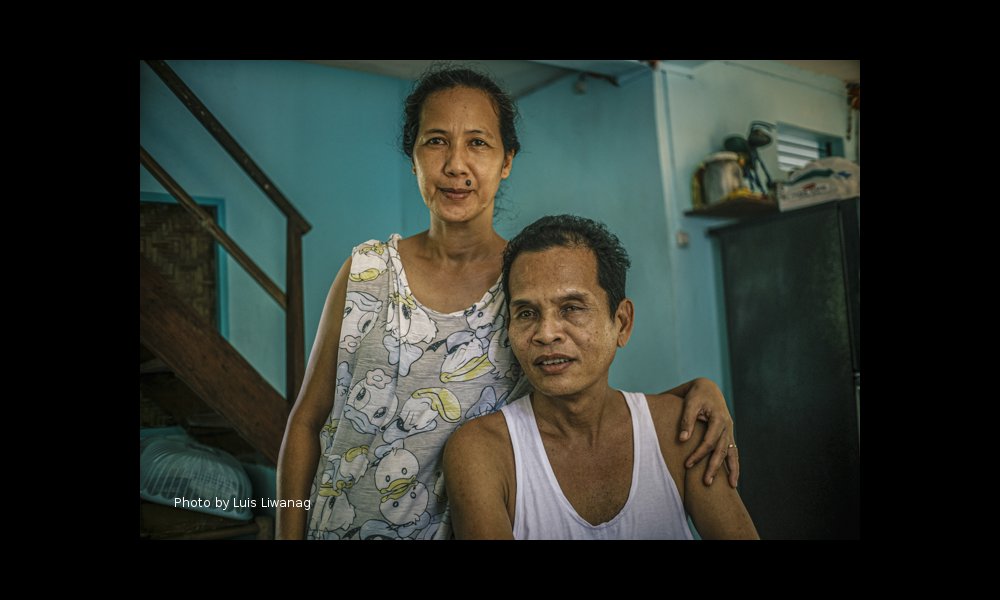By NORMAN SISON
Photos from PILIPINAS 911
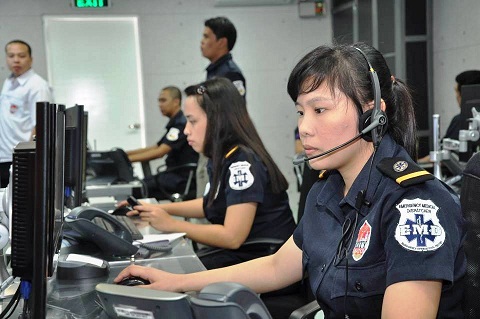 WITH wooden office tables for operating tables and flashlights for illumination, a team of American doctors worked feverishly as hundreds of wounded people streamed into a city hall that has been transformed into a makeshift hospital.
WITH wooden office tables for operating tables and flashlights for illumination, a team of American doctors worked feverishly as hundreds of wounded people streamed into a city hall that has been transformed into a makeshift hospital.
They were en route to Mexico for a medical mission when they changed course as monster typhoon Haiyan (known locally as Yolanda) battered the Philippines.
Upon reaching Manila, they hopped on a Philippine Air Force C-130 Hercules cargo plane, accompanied by a Filipino emergency team with police officers providing security. Within 48 hours, they were already in the coastal town of Tanauan, south of the Leyte provincial capital of Tacloban.
The speed of the response demonstrated what serious preparation can do to minimize the impact of a natural calamity, says Ruel Kapunan, president of Pilipinas 911, whose team accompanied the Americans.
A privately run emergency response service, Pilipinas 911 is patterned after the famed 911 emergency hotline in the United States.
Rather than need to keep a list of phone numbers — often shared on Facebook during typhoons — Pilipinas 911 subscribers only dial one number in case of police, fire or medical emergencies. A dispatcher then sends a team depending on the type of emergency. The dispatch desks are manned by registered nurses who can give medical advice on the phone while an ambulance is on the way.
Pilipinas 911 has contacts in police stations, fire houses and ambulance services, so help can be sent to an emergency anywhere in the Philippines. That network enabled Kapunan to arrange a flight to get the 16-strong American medical team from Mammoth Medical Mission to Leyte.
Kapunan had received a phone call from the United States, alerting him that the team was inbound. He then phoned the Philippine Air Force. So when the Americans arrived, a plane at Villlamor Air Base was ready.
“The essence of emergency response is how quickly you can set foot on the ground and start operating. It’s useless no matter how much medicine you have if you cannot get them to the people who need it,” says Kapunan.
At Pilipinas 911’s dispatch center in Mandaluyong City, medical personnel and an ambulance are on standby 24/7 — ready to go in a moment’s notice. Training exercises by emergency responders are constant, so that everyone knows what to do in a given situation even when communications are down.
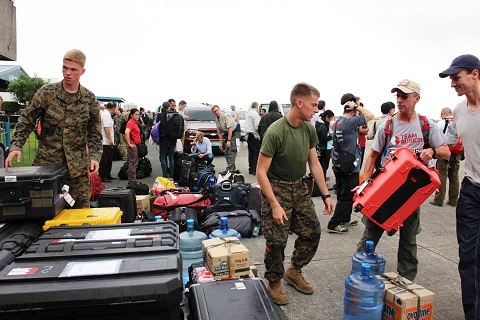 In January, Pilipinas 911 will get its highest seal of excellence yet — certification by the International Academies of Emergency Dispatch, the governing body of the 911 services in the United States. That means, beginning next year, Pilipinas 911 will start using the very same computer software used by the US 911 hotline.
In January, Pilipinas 911 will get its highest seal of excellence yet — certification by the International Academies of Emergency Dispatch, the governing body of the 911 services in the United States. That means, beginning next year, Pilipinas 911 will start using the very same computer software used by the US 911 hotline.
A government equivalent of Pilipinas 911 may be ideal in responding to a disaster. But Kapunan says, based on their three years of experience, it may be better for the government to outsource disaster management. Besides, a state-run nationwide emergency system isn’t exactly free because taxpayers eventually pay for it.
For one, being a private commercial service spared Pilipinas 911 from red tape and politicking. That enabled them to send emergency responders where they are needed quickly without the usual arguments over protocol that often bedevil state-run emergency response operations.
“In any emergency of any type, there has to be a command system. That’s the first thing you set up when you go to war, when you go to disasters,” says Kapunan. “You set up base. You set up communication with someone with authority on the ground.”
That is one painful lesson that emerged from the death and destruction left by Haiyan, as the government now undertakes perhaps the most massive reconstruction effort since World War II.
Pilipinas 911’s service is meant to handle everyday emergencies, not disasters. But Haiyan gave Kapunan something to think about.
No amount of preparation for Haiyan could’ve prevented deaths, Kapunan emphasizes. However, he suspects that attitude toward emergency preparedness played a key factor in the disaster.
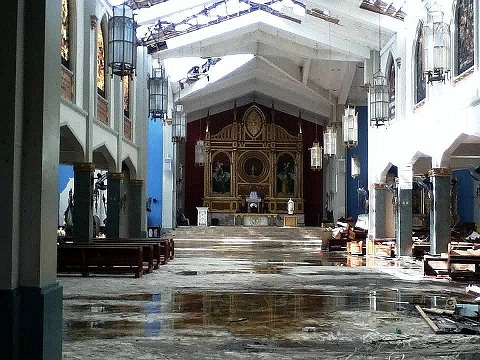 Filipinos have become so accustomed to the average 20 storms and typhoons that visit the country annually that people underestimated the size and power of Haiyan, Kapunan explains.
Filipinos have become so accustomed to the average 20 storms and typhoons that visit the country annually that people underestimated the size and power of Haiyan, Kapunan explains.
Particularly, they had no idea what a storm surge was, what the term meant and the danger it posed. To their mind, it was something that typhoons never brought before.
If there is any warning that Haiyan left as Filipinos pick up the pieces, it is this: the Philippines may be in the era of super typhoons thanks to climate change — and we must be ready for it. Clearly, one super typhoon is too much to handle.
Kapunan says the key to disaster preparedness is to have the mindset for it — take it seriously and try to anticipate the unexpected. That goes for everyone.
For disaster officials: that means not just having the personnel and equipment, but also the arrangements and procedures already in place, ironed out and ready to go into motion. For ordinary people: that means taking storm warnings seriously and preparing for any situation.
“For two years now, we’ve seen the progression of the destructive force of nature. It’s becoming more and more intense,” Kapunan warns. “To me, my assumption is we have to expect the worst all the time. Why plan when the disaster is already happening or is already over?”
